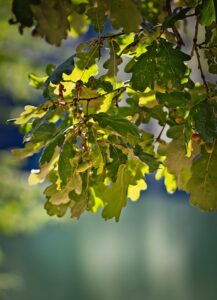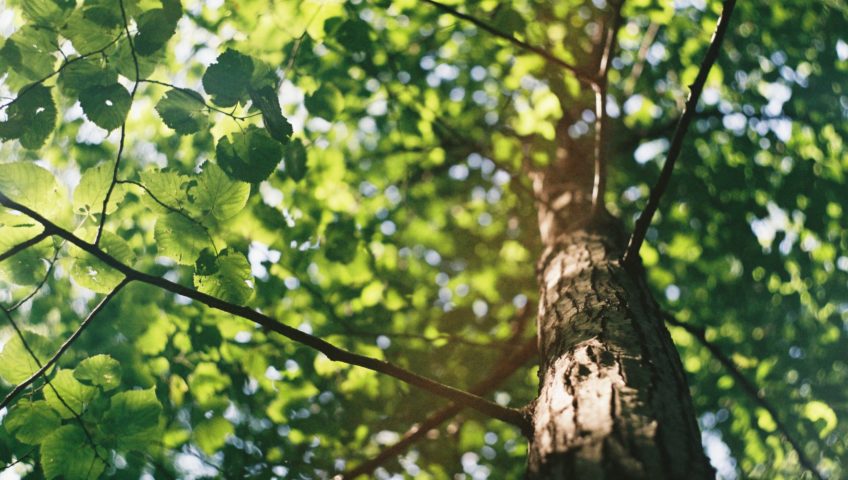Minnesota is home to more than 362 million trees, and it’s no wonder they’re so popular – not only do they provide oxygen, combat climate change and conserve energy, they’re also beautiful to look at and they give our communities a unique and special flavor. Homeowners can also benefit from having trees on their properties by providing shade on hot days, recreational opportunities for children (tire swing, anyone?) and habitats for wildlife. Plus, they can increase property values by as much as 15 percent.
If you’re looking to reap some of the benefits of trees at your home or business, there are plenty of great options that will thrive in the Minnesota climate such as elms, maples, oaks and beech trees. Apple, cherry and pear trees are also suitable for growing in Minnesota. Plus, you get the added perk of enjoying fresh-picked fruit at harvest time.
Tree Planting Tips
Ready to get going but not sure where to start? Here are some important tree-planting tips for Minnesota homeowners and business owners:
- Make sure the tree is healthy when you purchase it. It’s pretty hard to grow a hearty tree if it’s unhealthy at the start. When you’re out shopping, you’ll want to avoid buying trees that are planted too deeply in their containers, have circling roots or are root bound. Even though you might be able to score these trees at a discount, it’s not worth it in the end.
- Select the planting location carefully. There are a number of factors to consider when selecting the right spot for your new tree including soil type, access to sunlight and water, wind exposure and drainage. You’ll also want to make sure there’s enough room for the tree once it reaches its mature height.
- Perform a soil test to see if the soil is good for the tree. Soil testing will evaluate the pH and available nutrients in the soil. To do a soil test, take a trowel, dig about six inches deep and then put the soil you collect into a bucket. Repeat the process a dozen times to get a good representative of the makeup of the plant bed, mix the samples together and then remove two scoops to set aside for testing. The team at Pro-Tree Health Care can analyze your sample and help you determine the perfect place to plant your tree, as well as what you need to do to keep your tree healthy.
- Call your local utility provider to make sure you don’t damage any buried wires. Call 811 and speak to a representative over the phone to ensure no buried wires will be damaged.
- Water properly. It’s critical to water immediately after you plant your tree to ensure it has a strong start in life. A good rule of thumb is to use two to three gallons of water per inch of the tree’s trunk diameter and give the tree at least one inch of water per week.
- Make sure the tree is steady and stake if need be. Not all trees need to be staked and sometimes, staking a tree can do more harm than good because it can restrict the tree’s growth. However, if your tree needs protection from wind or grazing animals or if it has less mature root balls or a large canopy, staking may be necessary, at least for a short time.
- Protect your trees. Use tree protectors, or tree tubes, around your seedlings on planting day to protect them from deer and other animals and if you’re planting multiple trees, be sure to leave enough space between them. Place one to two inches of mulch around the tree (but not right next to the bark) to keep the soil cool and prevent weeds from growing. Finally, use fertilizer to keep your tree thriving for years to come.
Contact Pro-Tree Today!
If you want to make sure your trees grow up healthy and strong, the team of experts at Pro-Tree Outdoor Services is here to help. Give us a call or shoot us a text at 612-255-6334 so we can get started.


Write a Comment